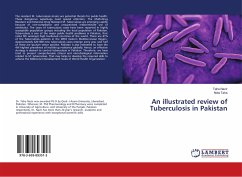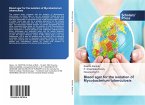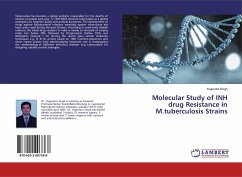Tuberculosis (TB) continues to be a major global public health problem. Since 2002, the global incidence of TB has been on a downward trend with an average decline of 1.3% per year. Although this is encouraging, the possibility of reaching elimination by 2050, according to the World Health Organisation's target, is still weak. In Argentina, TB notification is also on a general downward trend. However, the epidemiological picture is complicated by several factors, including co-infection with HIV and drug-resistant forms of TB. The objectives of this study were to determine the clinical significance of MDR/XDR-TB and NTMs within the overall diagnosis of TB in the northern zone of Greater Buenos Aires (ZNGBA), from June 2013 to December 2016; to study the mutations associated with the emergence of resistance in Mycobacterium tuberculosis and their population distribution; and to explore the genetic diversity and variability of disease-causing NTMs in the community.
Bitte wählen Sie Ihr Anliegen aus.
Rechnungen
Retourenschein anfordern
Bestellstatus
Storno








